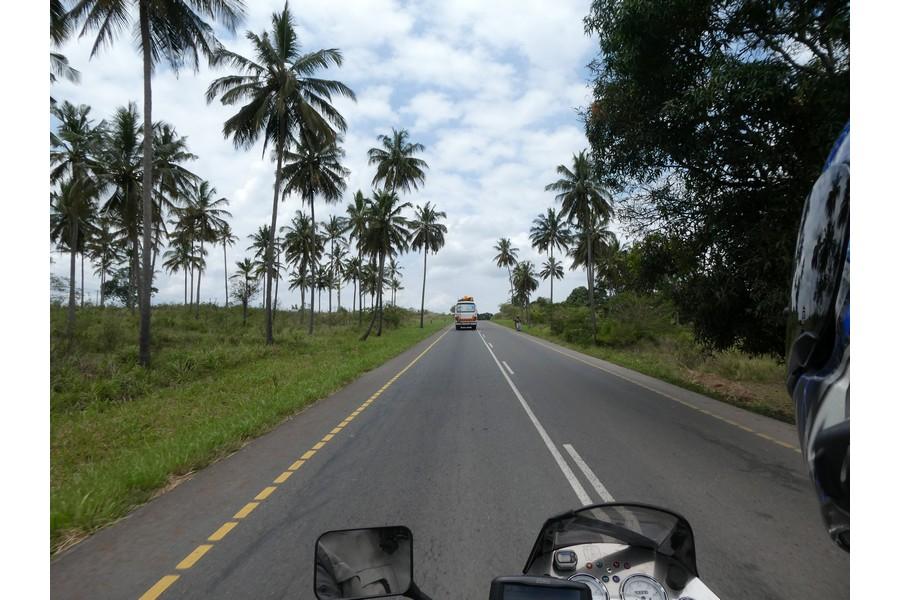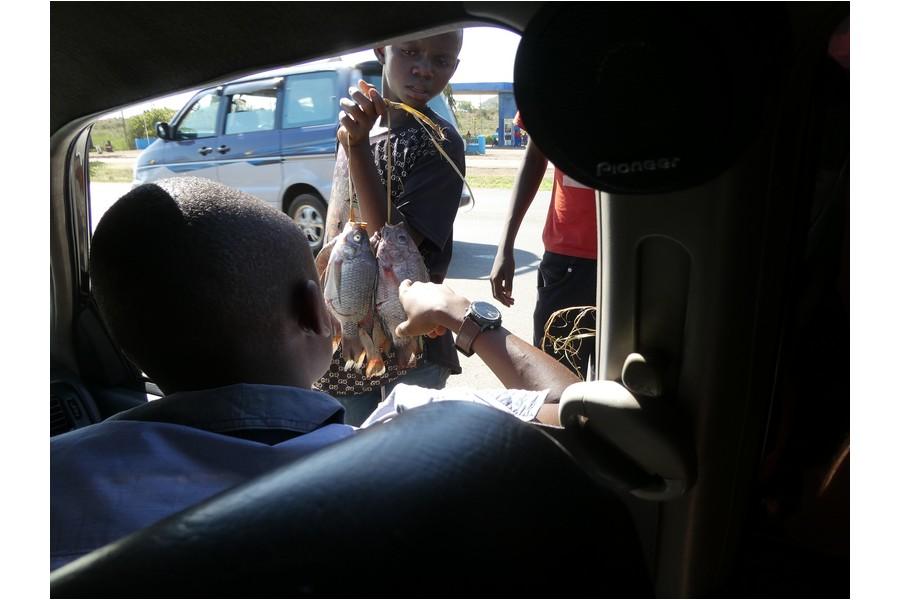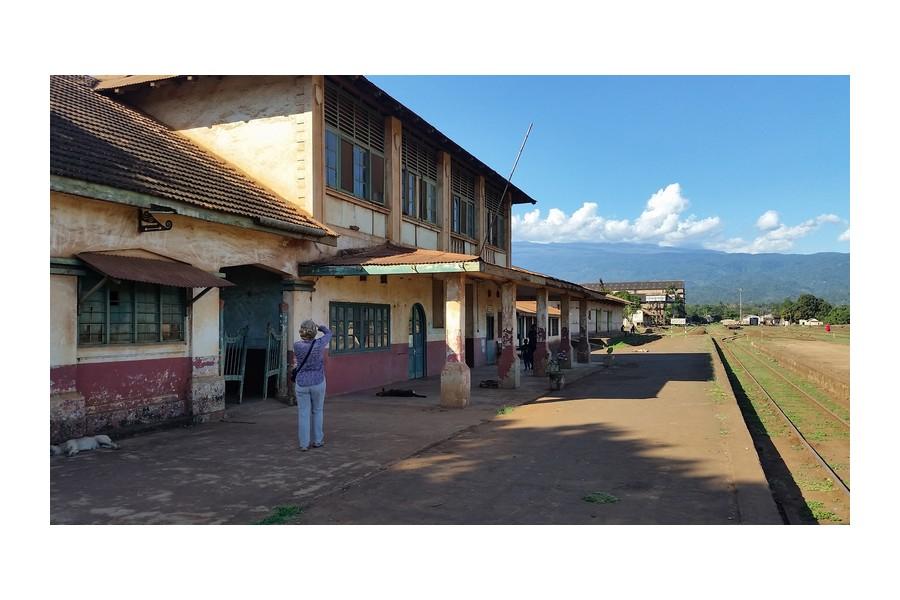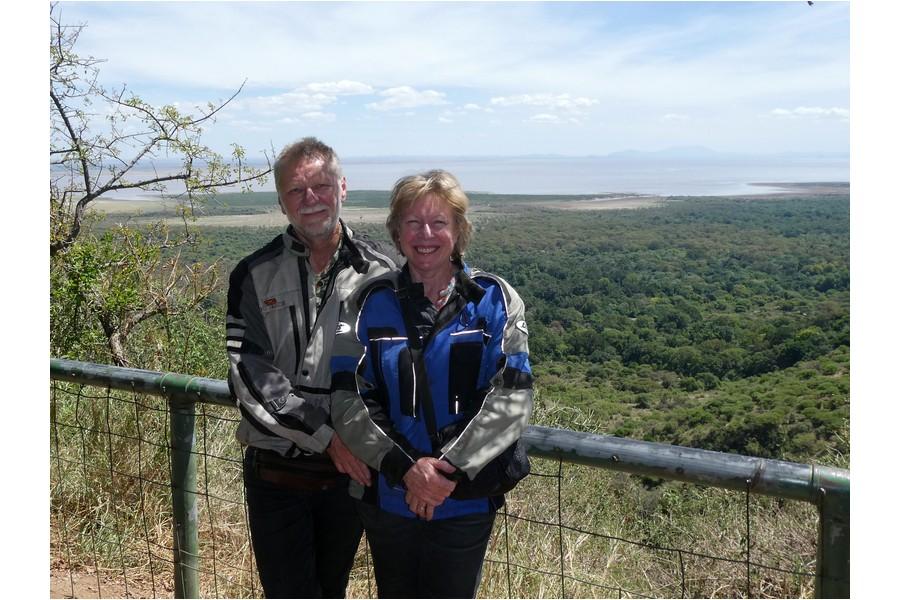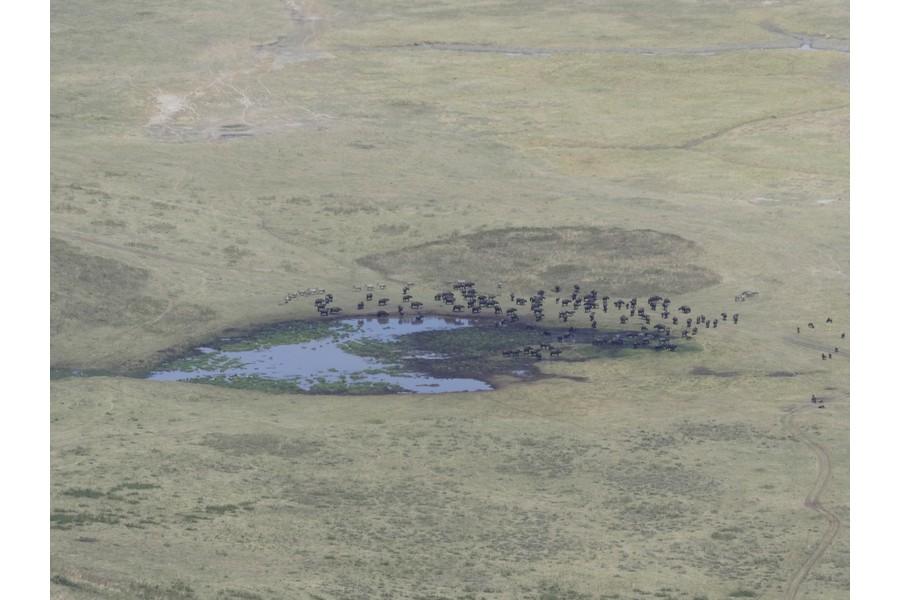The Ceiling of Africa
Country
Mangos, mangos everywhere! From Tanga on the coast, to Moshi inland, mango trees were huge and absolutely laden with fruit almost ready to drop. Roadside stalls contain pineapple, oranges, papaya (pawpaw), avocados and mangos. Coconut palms are everywhere and we felt like we were almost back in tropical north Queensland.
Knowing we weren’t going to tackle any of Mt Kilimanjaro’s hiking trails, we did a lot of research to find the best viewing spots and found a great little “Overlander’s budget friendly” guest house in the township of Moshi, with a roof top restaurant and bar that overlooked THE mountain! The Secret Garden Lodge was perfect, the weather was perfect, and our views to Mt Kili were perfect! The guest house had set menus each night of the week, and yep, the meals were great and at a very reasonable price.
After enjoying a fabulous local coffee in Moshi town and venturing out to the Marangu Gate hiking trail starting point, we reached the old abandoned Moshi Railway Station, another vantage spot to enjoy a sunset view of Mt Kili. The train station was built in 1911 as part of the first railway to traverse German East Africa, as the region was then called. It has been sitting derelict now since the 1990s. In the Golden Hour, the station became a photographer’s paradise.
Venturing past the front ticket office and through the passenger tunnel, we came across the odd person wandering the platform or crossing the lines to get home from work, goats and sheep munching away on grass between the tracks, a few men playing a local game of marbles, dogs just being plain lazy, and colour, colour and more colour. It was a place where time watches us, rather than where we watch time pass.
Next morning, under grey clouds that hid Mt Kili, we rode towards the famous Ngorongoro Crater. The surrounding mountains made us feel we were in Mt Kili, volcanic country. It felt exhilarating.
On the way to Karatu, our base for exploring Ngorongoro, we rode through a small tree-lined village called Mto wa Mbu – a cute and intriguing looking place with a very unpronounceable name. Mmm…information filed away for future reference.
I like this description of Ngorongoro Crater –
“Three million years ago, there slumbered a massive super volcano in what we now call Northern Tanzania. The mountain stood higher and mightier than nearby Mount Kilimanjaro. Its summit scraped the ceiling of Africa and its slopes were so vast they directed their own weather patterns and water flow. All was well with this sleeping sentinel until one day the mountain woke up. Then it fell down. The volcano erupted with a blast so ferocious that it caved in on itself, an implosion creating a caldera spanning 264 square kms and 16-19 kms wide. It’s heavily forested rim rises 610m above the caldera’s floor to an elevation of 2286m. What had once claimed the highest peak on the continent was now a mere impression, inverse to its former glory. But the glory returned. Over the course of a few million years this geologic divot filled with life. First, it caught pockets of fresh water. Second, lush vegetation developed, and third—the wild ones arrived.”
A caldera is a “cauldron-like” depression created when a volcano emits large amounts of magma in a short amount of time, and the volcano caves in like a sinkhole. There are only a handful of calderas around the globe, but the Ngorongoro is special because it’s the world’s largest fully intact caldera that hasn’t yet turned into a lake. It is one of Africa’s Seven Natural Wonders.
We saw larger herds of animals than we had seen anywhere in our travels, and the magnificence of being inside an intact walled crater was surreal. We passed many nomadic Maasai villages and saw tribespeople going about daily life including the herding of their livestock.
Mto wa Mbu still stuck in our minds as somewhere in need of exploration…

